Suitable for models including complex NURBS Patches and Sliver Faces Provides rigid body and spring element features Linear contact support (Bonded / Bi-directional Sliding / General Contact) Support for various and practical load and boundary conditions Support for thermal deformation and thermal stress analysis due to temperature loads
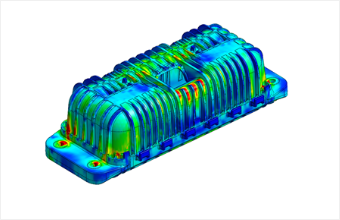 Stiffness Evaluation of Major Automotive Parts
Stiffness Evaluation of Major Automotive Parts
- Applicable to models with complex NURBS Patches and Sliver Faces
- Perform stiffness evaluation using the original CAD model without a simplification process
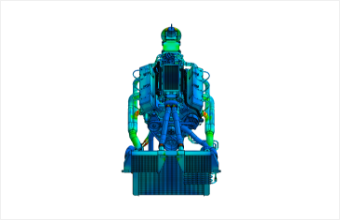 Engine Assembly Stiffness Evaluation
Engine Assembly Stiffness Evaluation
- Stiffness evaluation utilizing the CAD model without simplification and idealization processes
- Connecting numerous assembly components by applying linear contact conditions
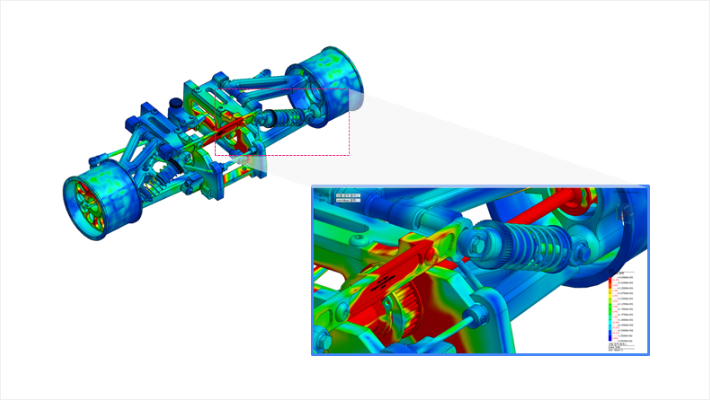 Structural Safety Analysis of Vehicle Suspension
Structural Safety Analysis of Vehicle Suspension
- Safety review through analysis of suspension displacement and stress under load application
- Analysis of maximum displacement and stress components occurring under vehicle load application
- Utilize the original CAE model directly without performing model simplification and idealization
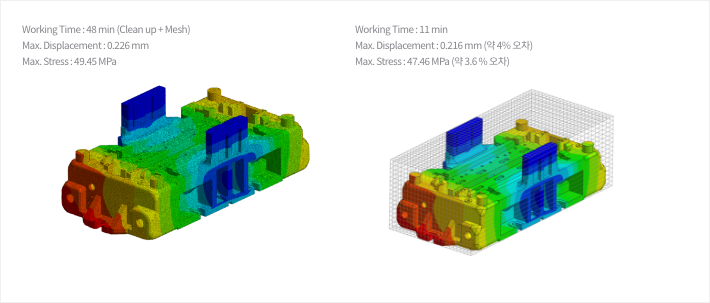 Mold Strength Analysis
Mold Strength Analysis
- Mold strength evaluation under self-weight and major vertical load application
- Verification of analysis time and results against FEM results
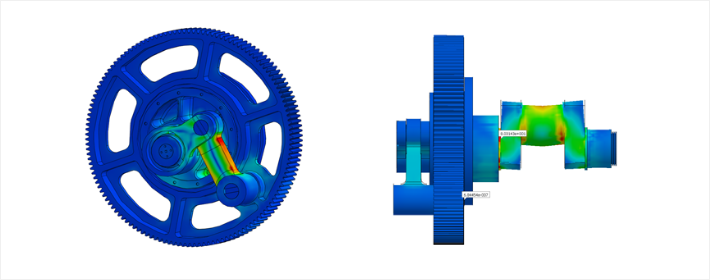 Gear Failure Cause Analysis
Gear Failure Cause Analysis
- Operating mechanism analysis and Load Path analysis to calculate operating loadsCheck for potential failure in bolt areas and link connection parts by applying general contact conditions


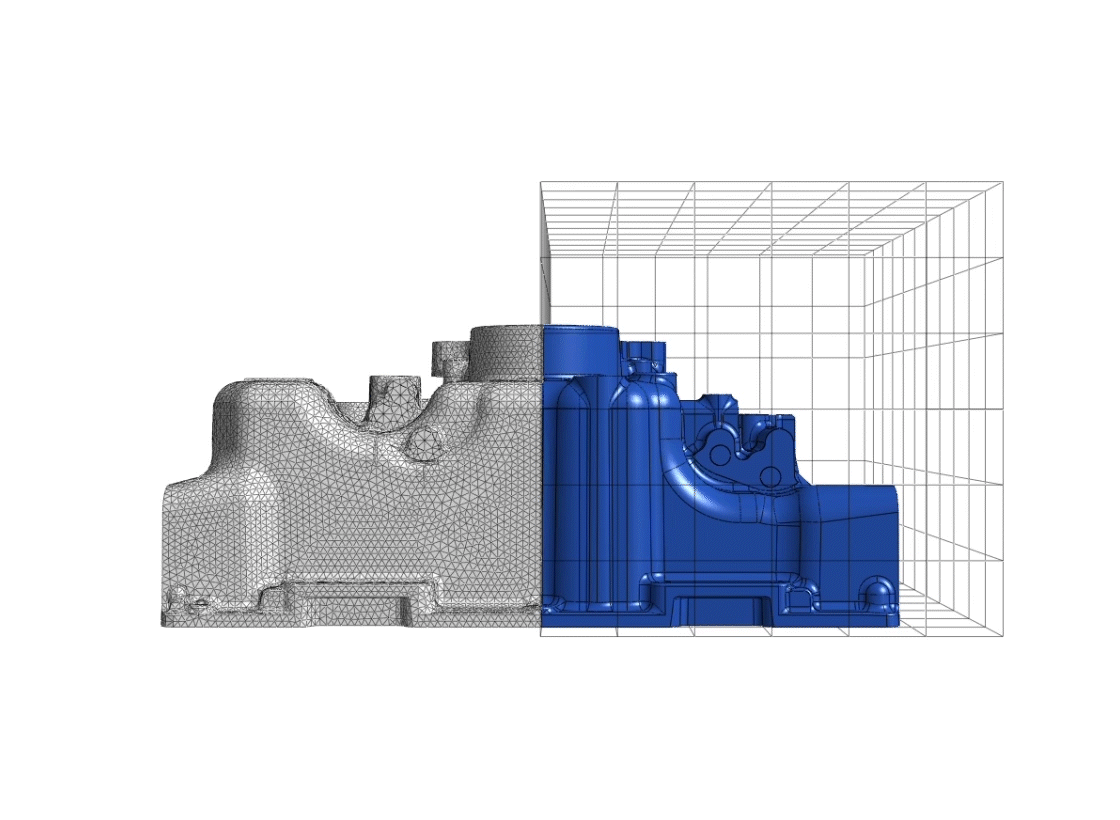

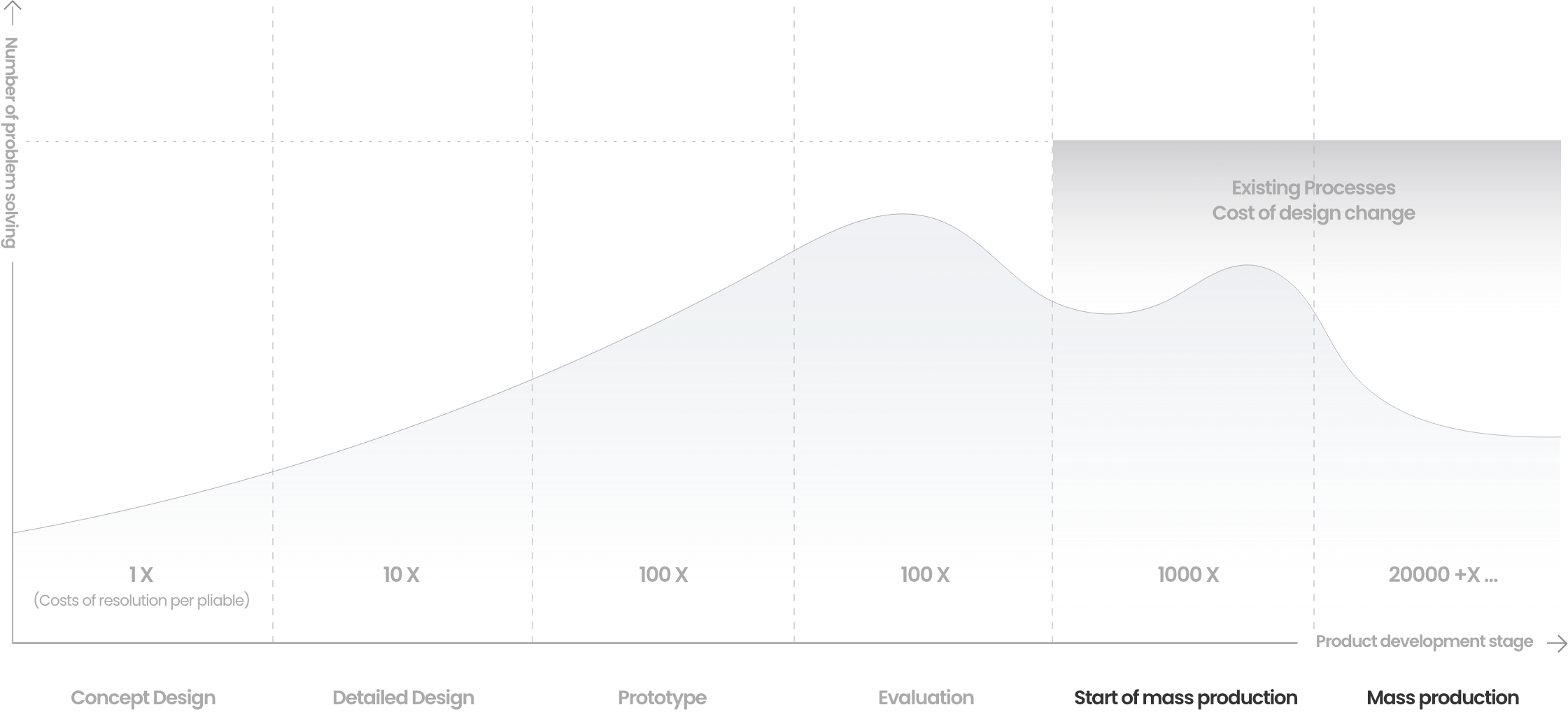
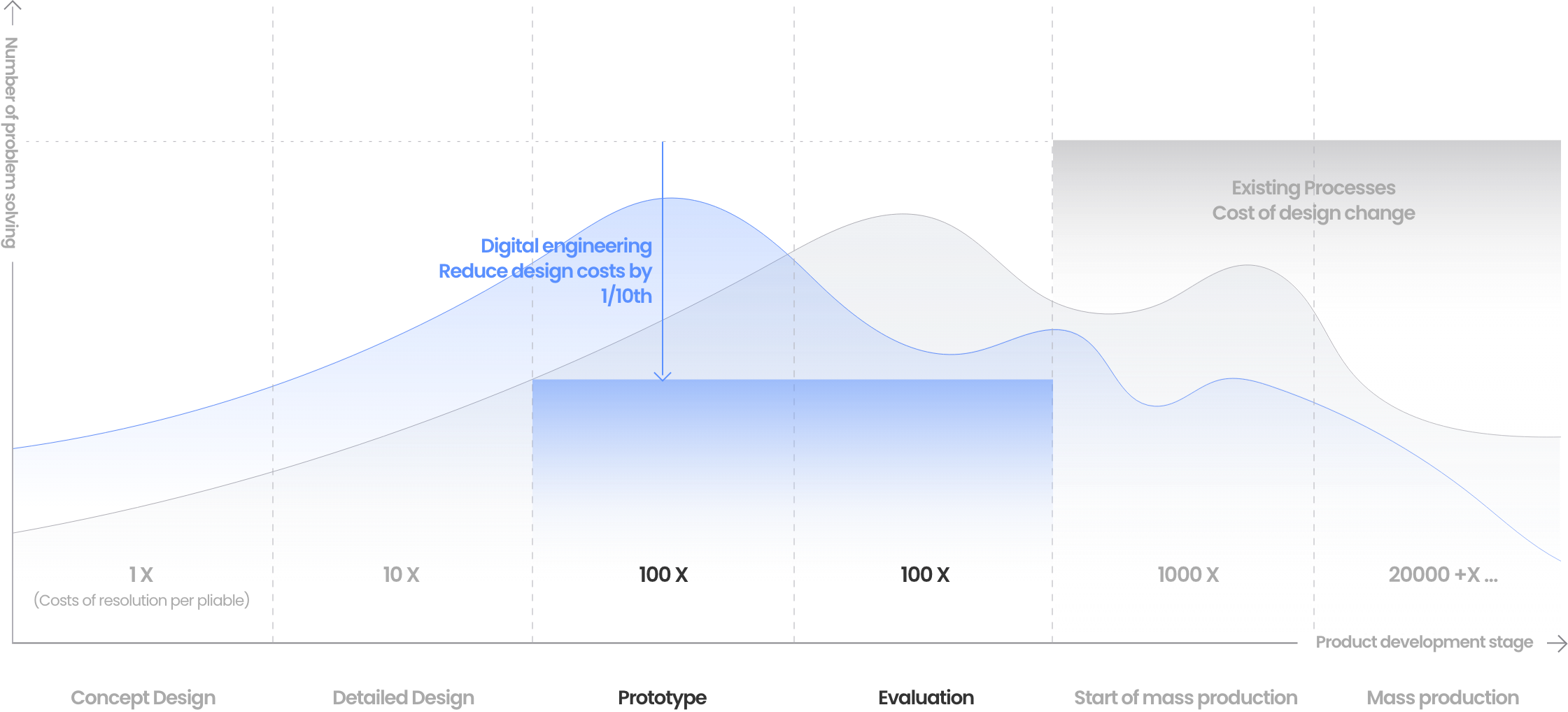
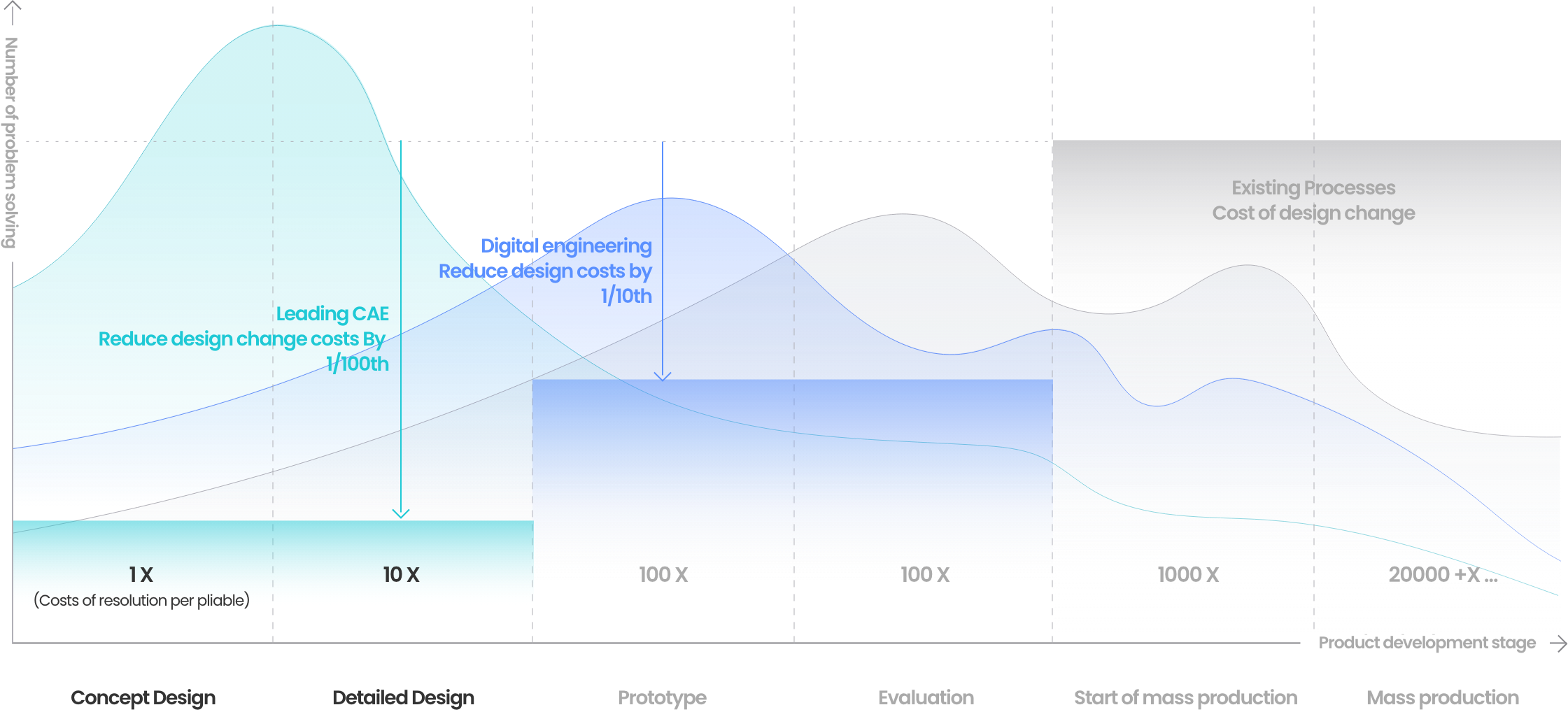

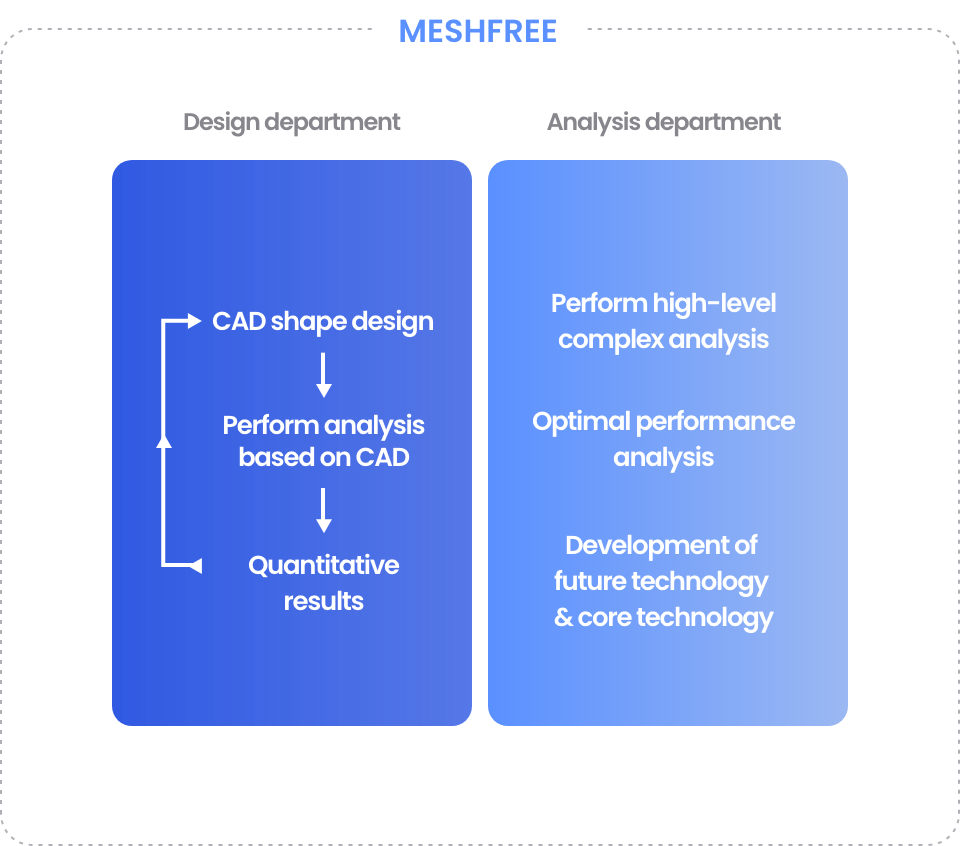
 Design engineers
Design engineers


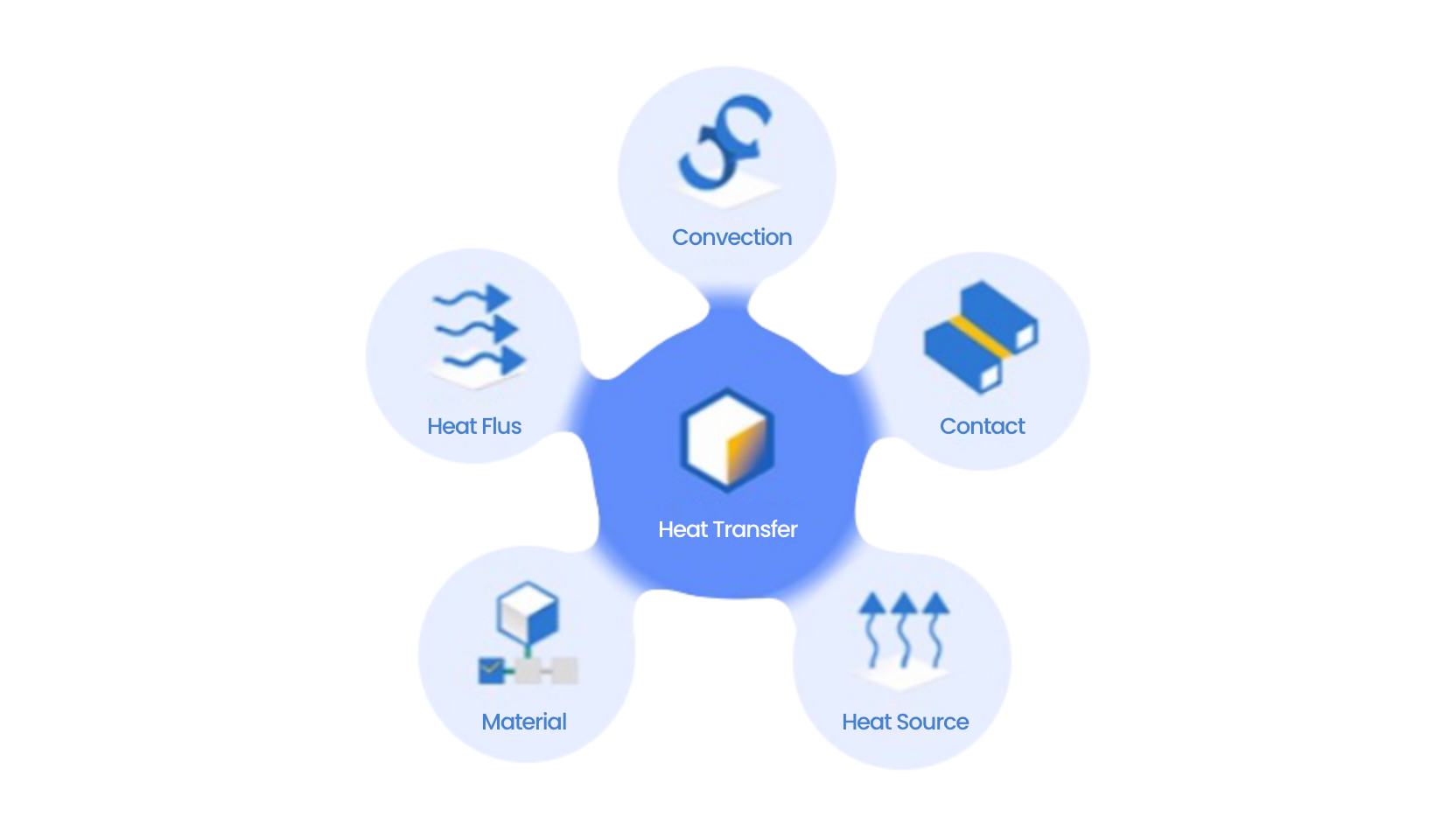
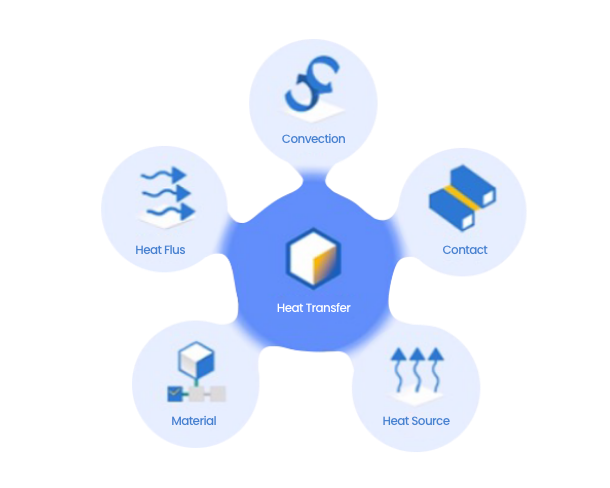

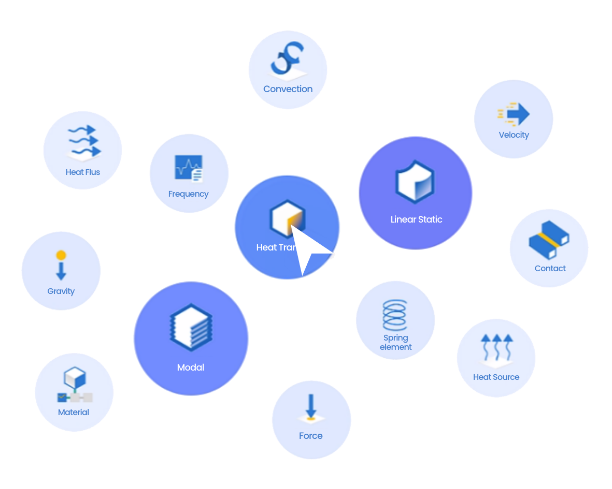
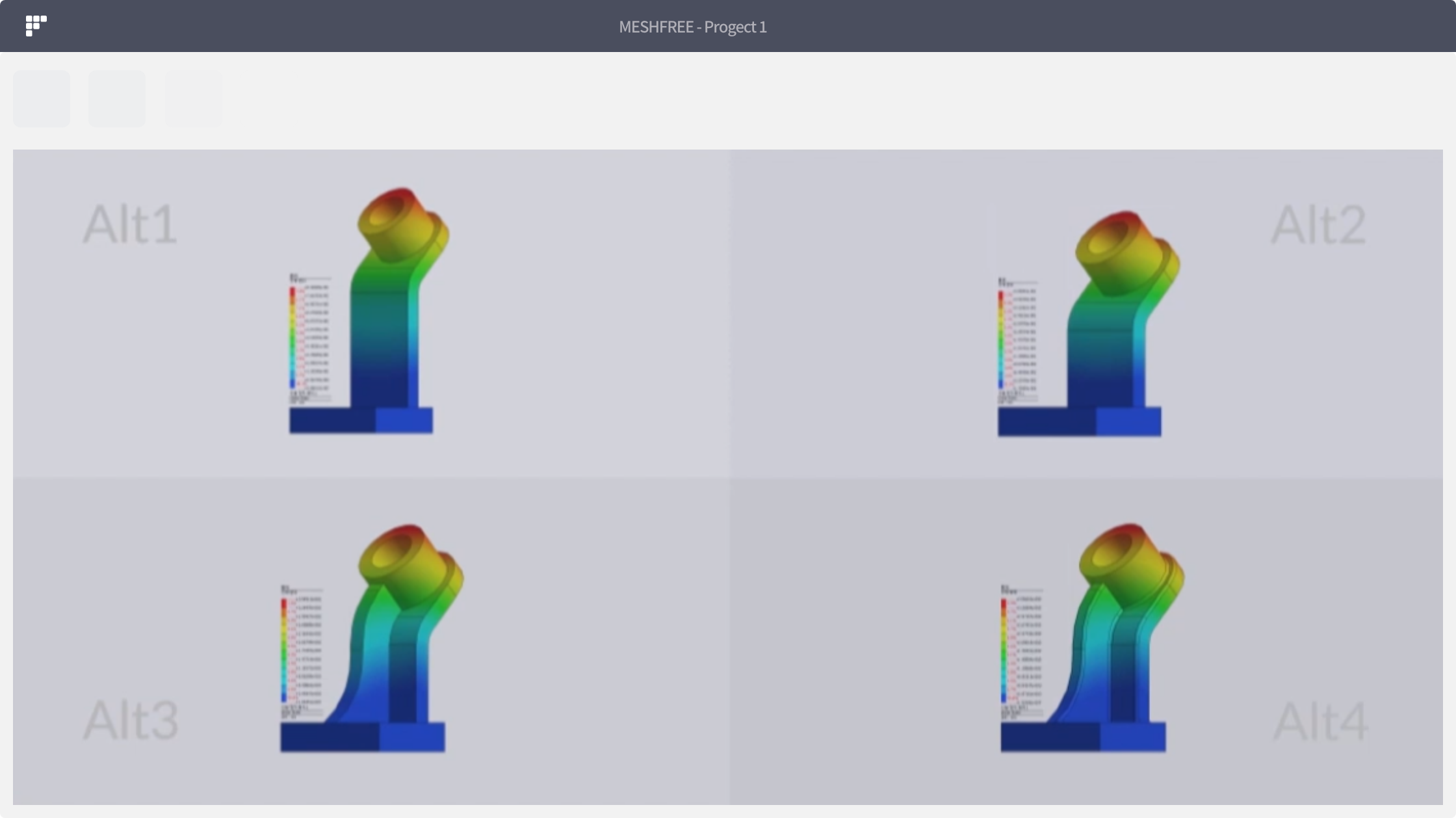
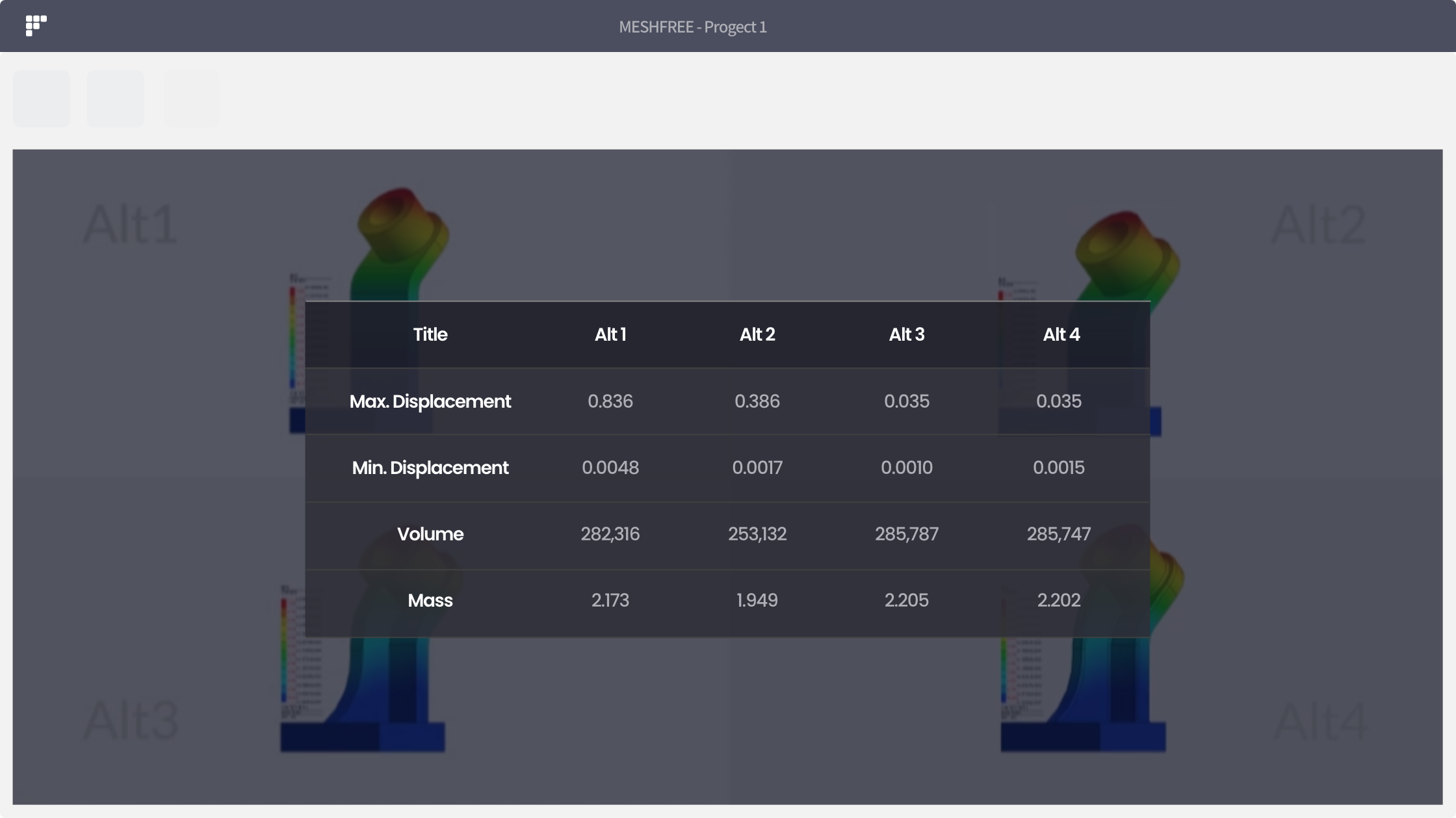
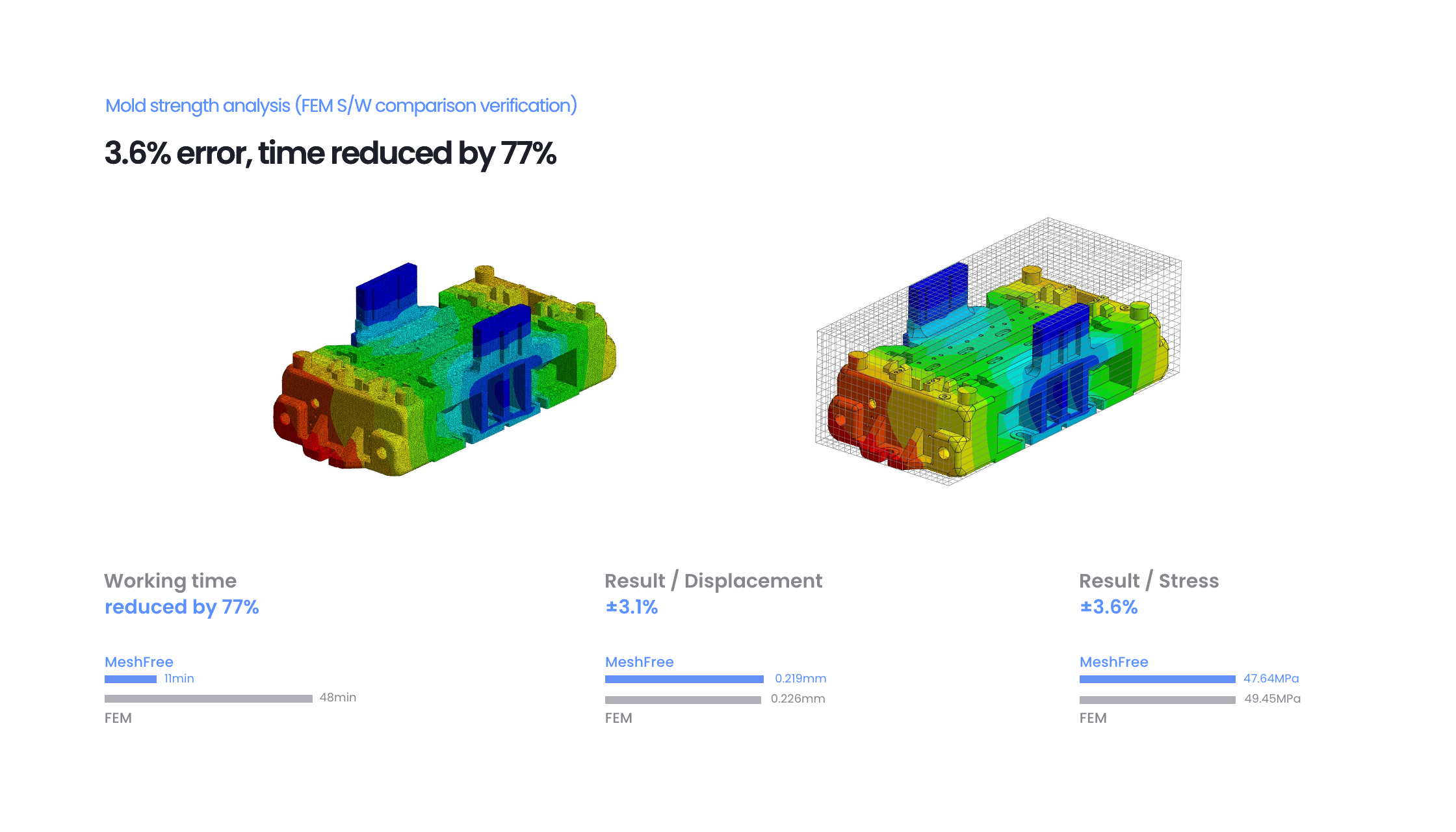
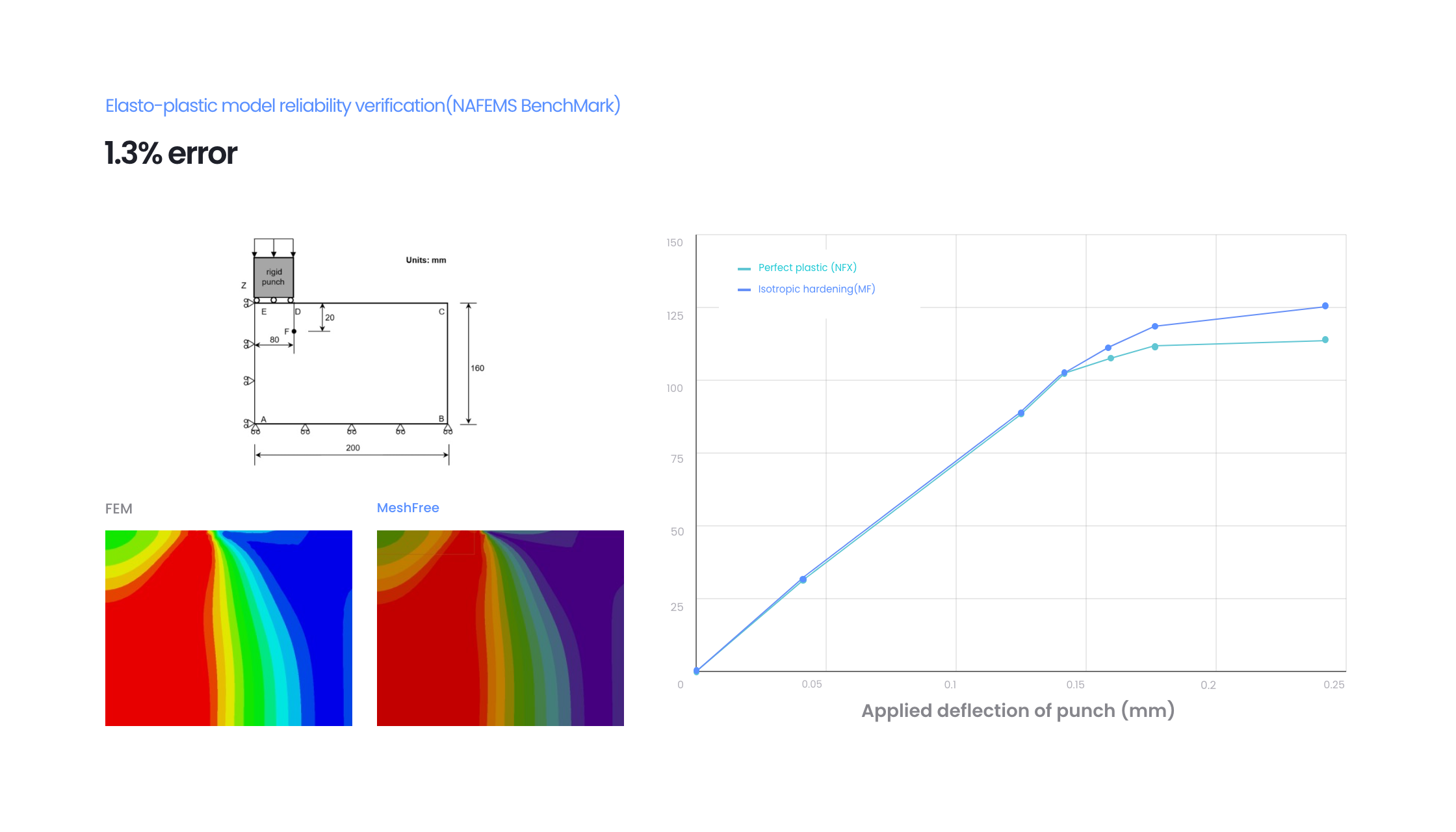
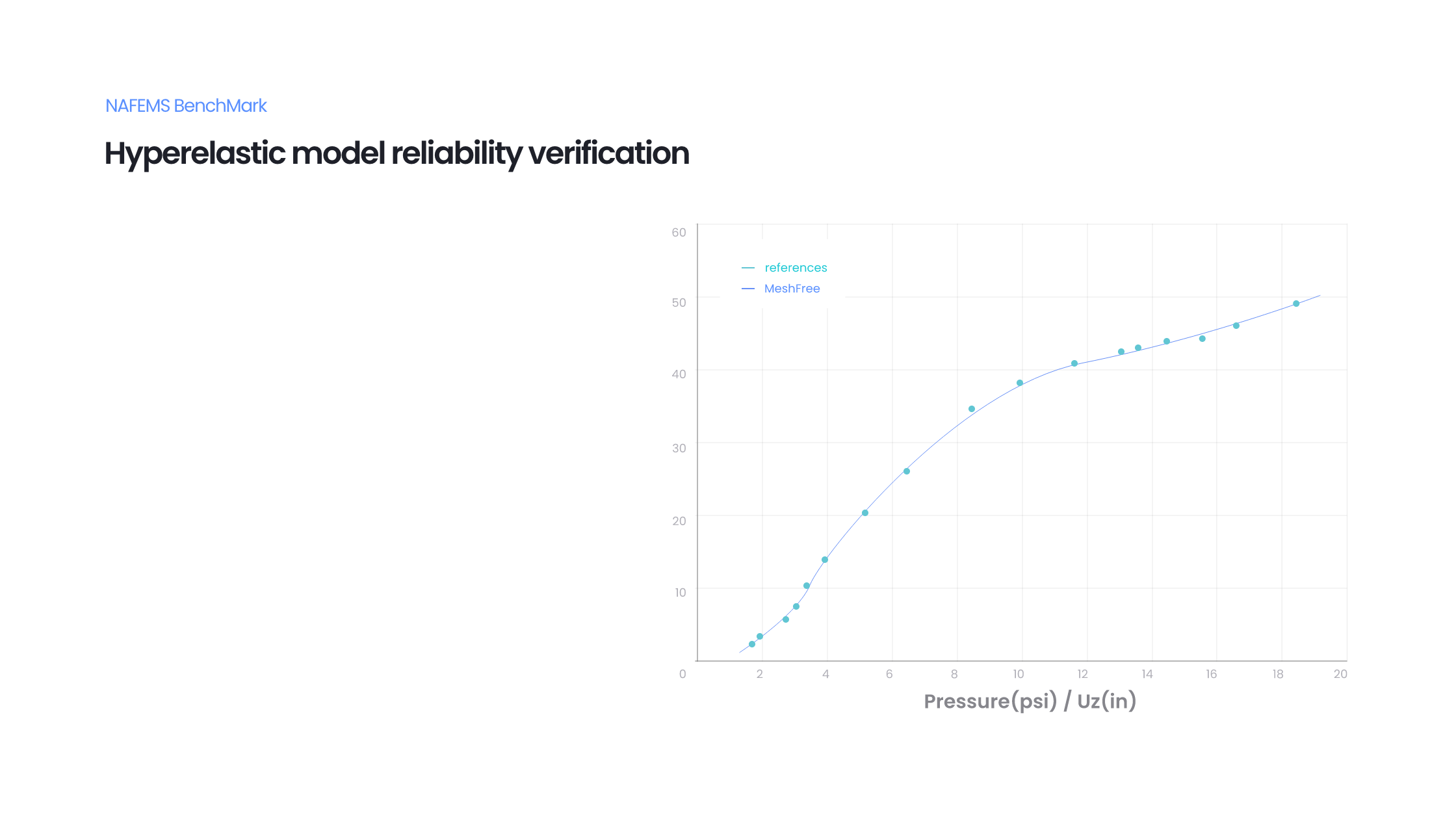
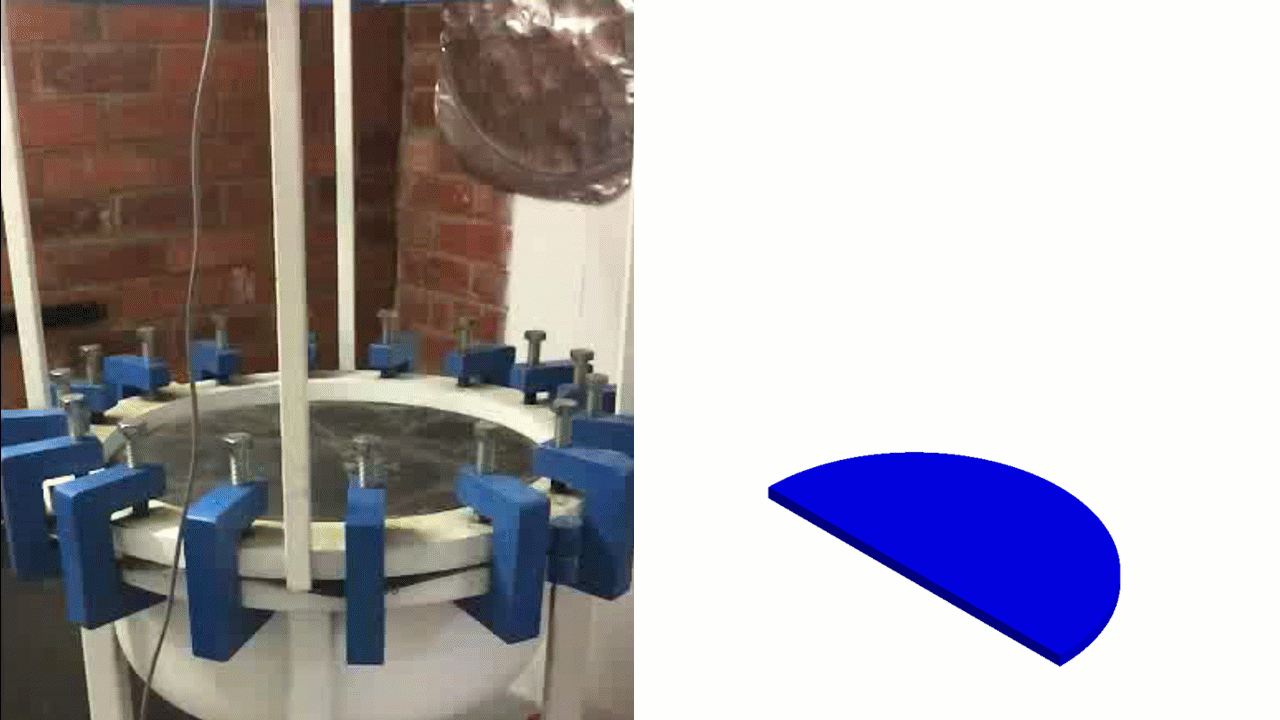
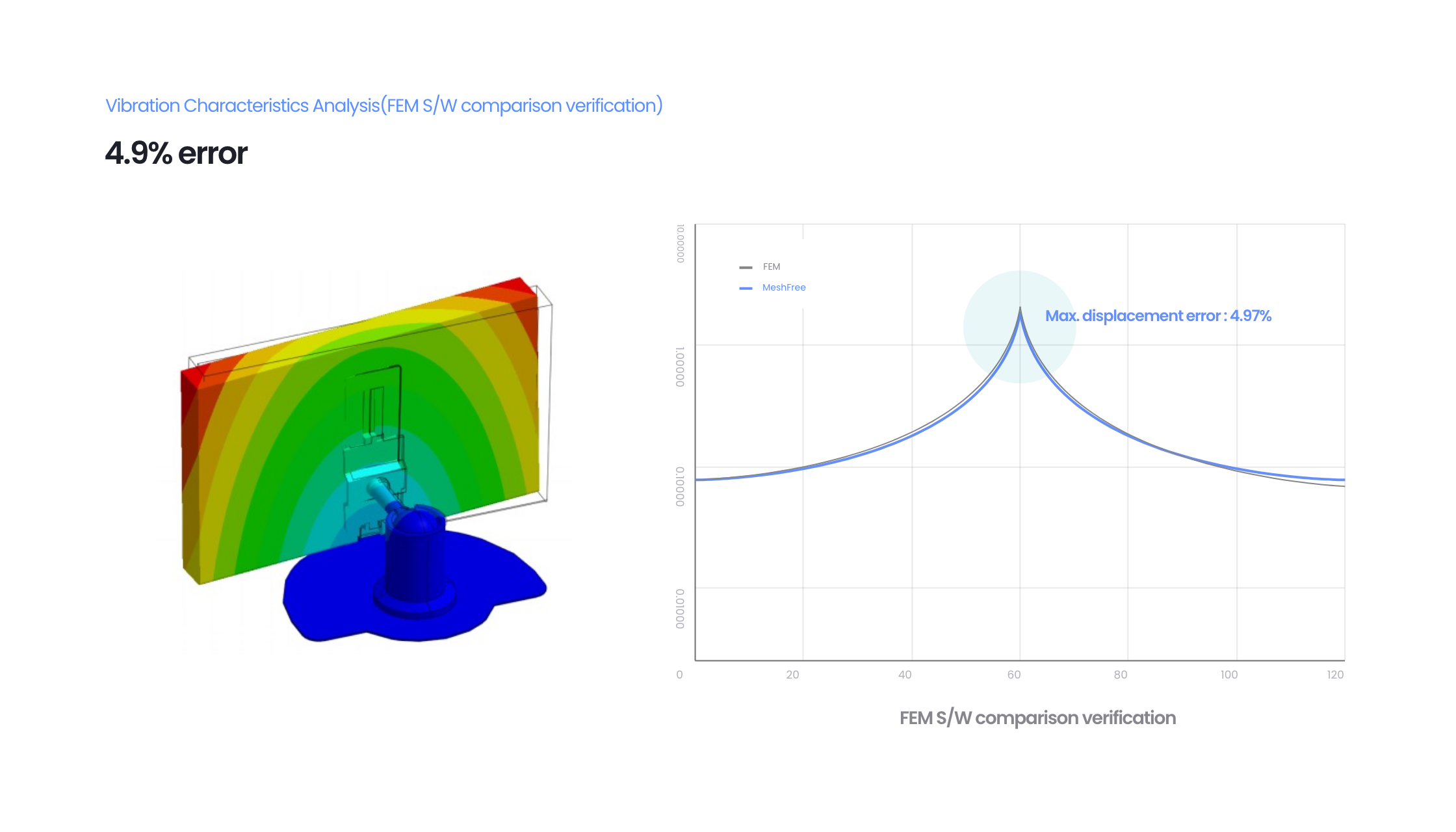

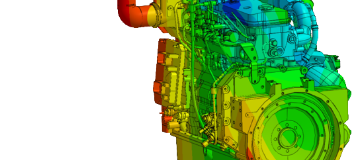
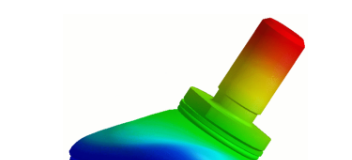
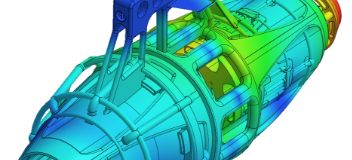
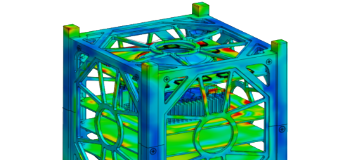


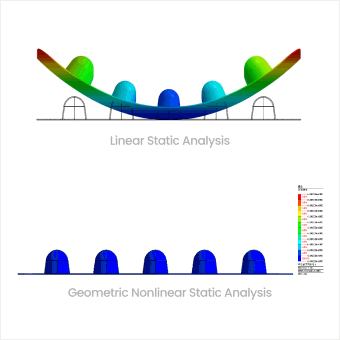 Medicine case in heat chamber
Medicine case in heat chamber
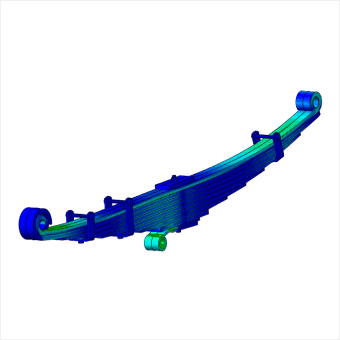 Analysis of plate spring strength and rigidity
Analysis of plate spring strength and rigidity
 Backrest Strength Simulation Applying BIFMA Standards
Backrest Strength Simulation Applying BIFMA Standards
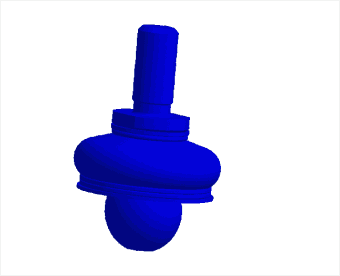 Performance analysis of rubber materials
Performance analysis of rubber materials
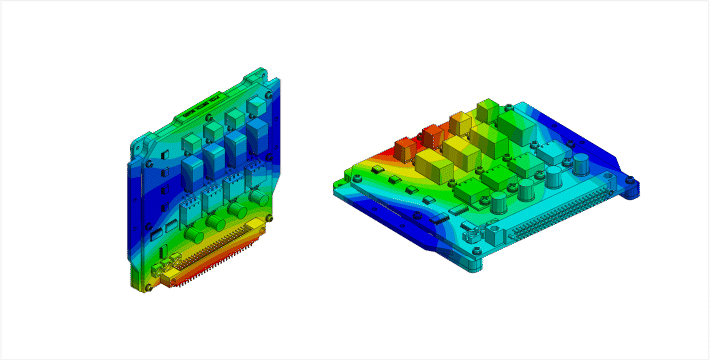 Switch Module Natural Frequency Analysis
Switch Module Natural Frequency Analysis
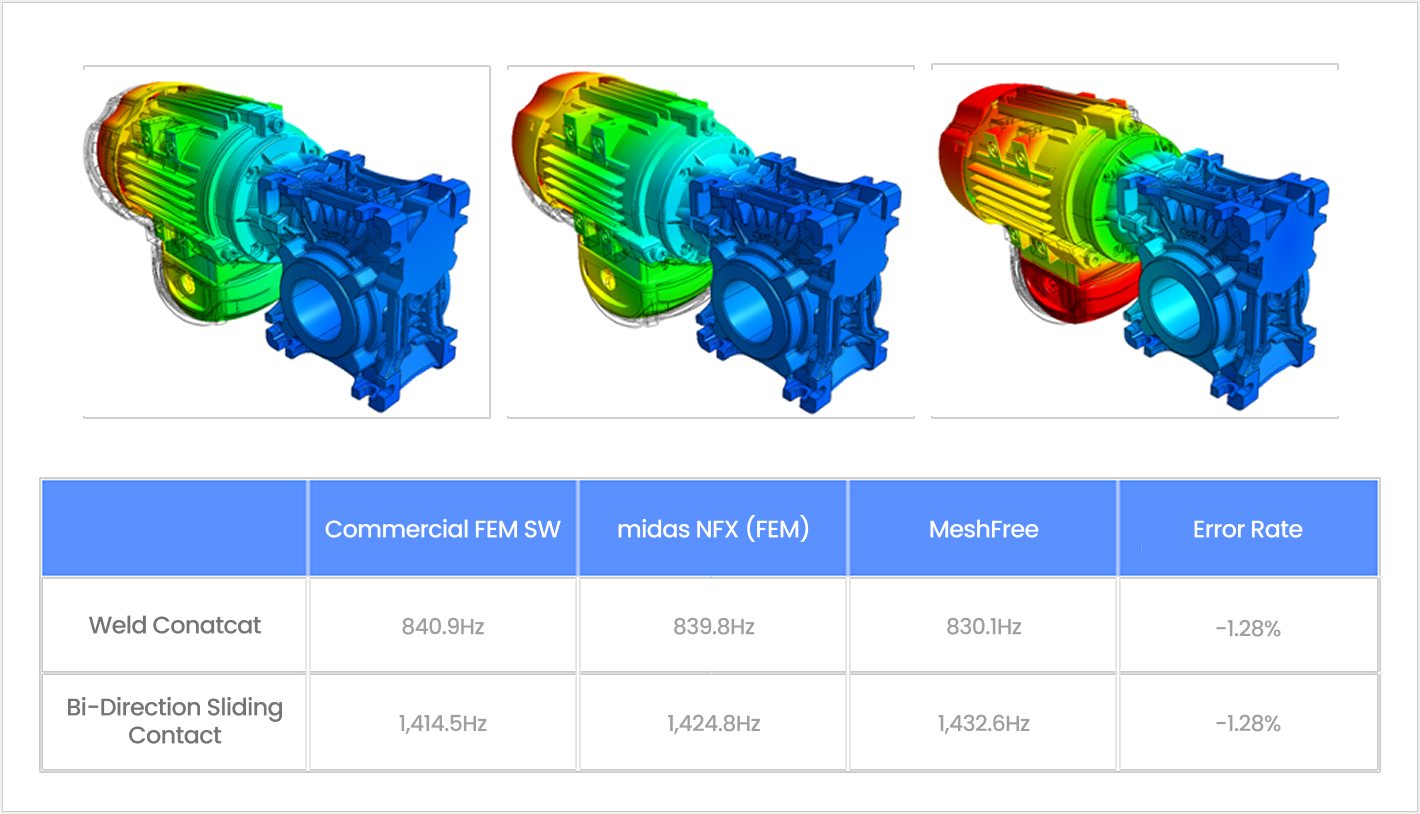 Gearbox Dynamic Characteristics Analysis
Gearbox Dynamic Characteristics Analysis
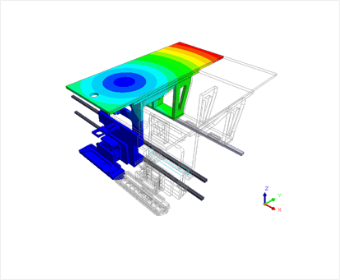 Laser Inspection Machine Operational Stability Evaluation
Laser Inspection Machine Operational Stability Evaluation
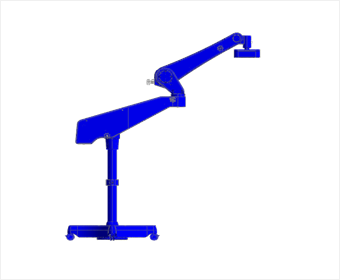 Medical Device Support Impact Simulation
Medical Device Support Impact Simulation
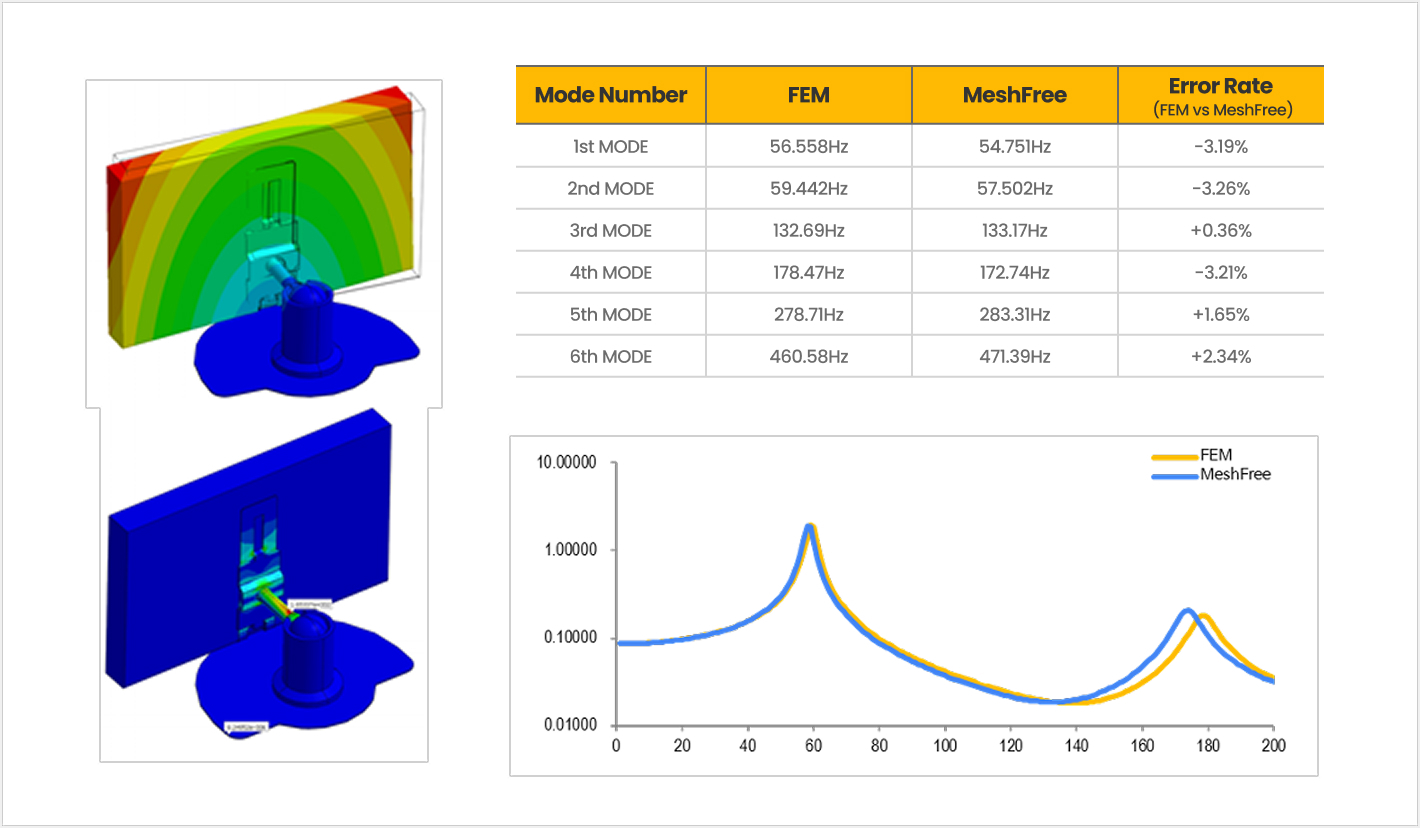 Automotive Monitor Dynamic Characteristics Analysis
Automotive Monitor Dynamic Characteristics Analysis
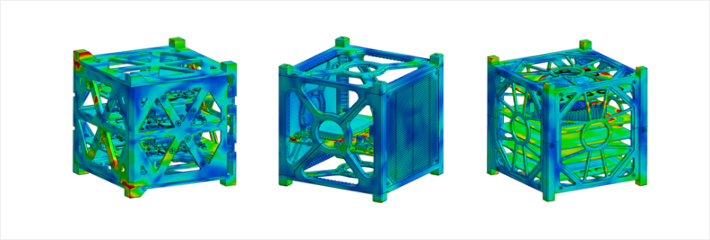 CubeSat Random Vibration Analysis
CubeSat Random Vibration Analysis
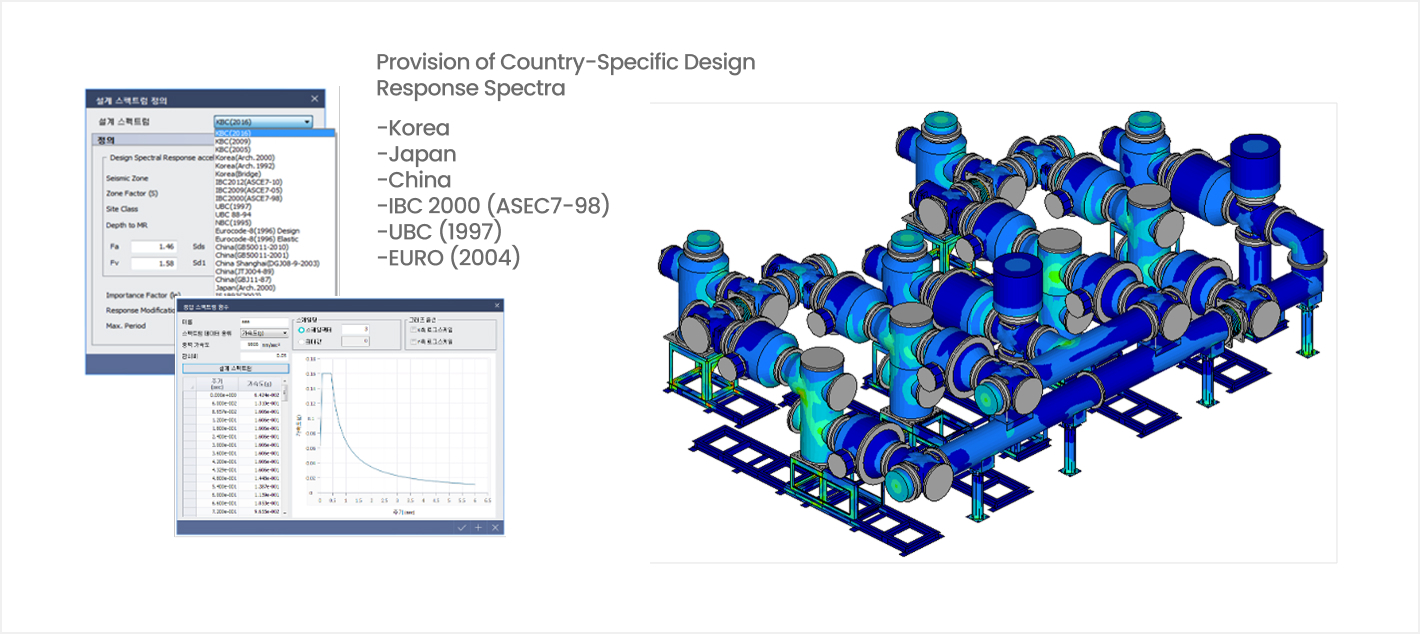 Gas Insulated Switchgear (GIS) Seismic Verification
Gas Insulated Switchgear (GIS) Seismic Verification
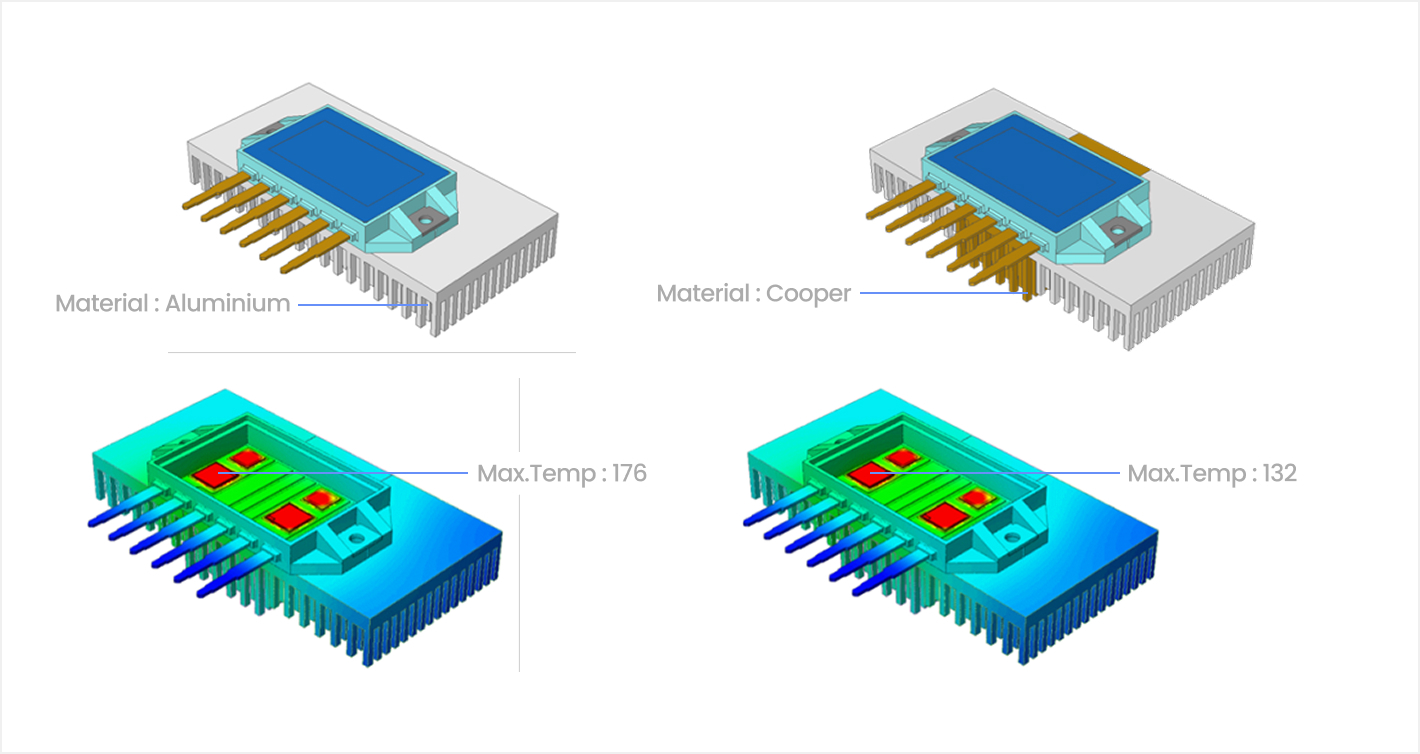 MOSFET Heat Sink Cooling Performance Improvement
MOSFET Heat Sink Cooling Performance Improvement
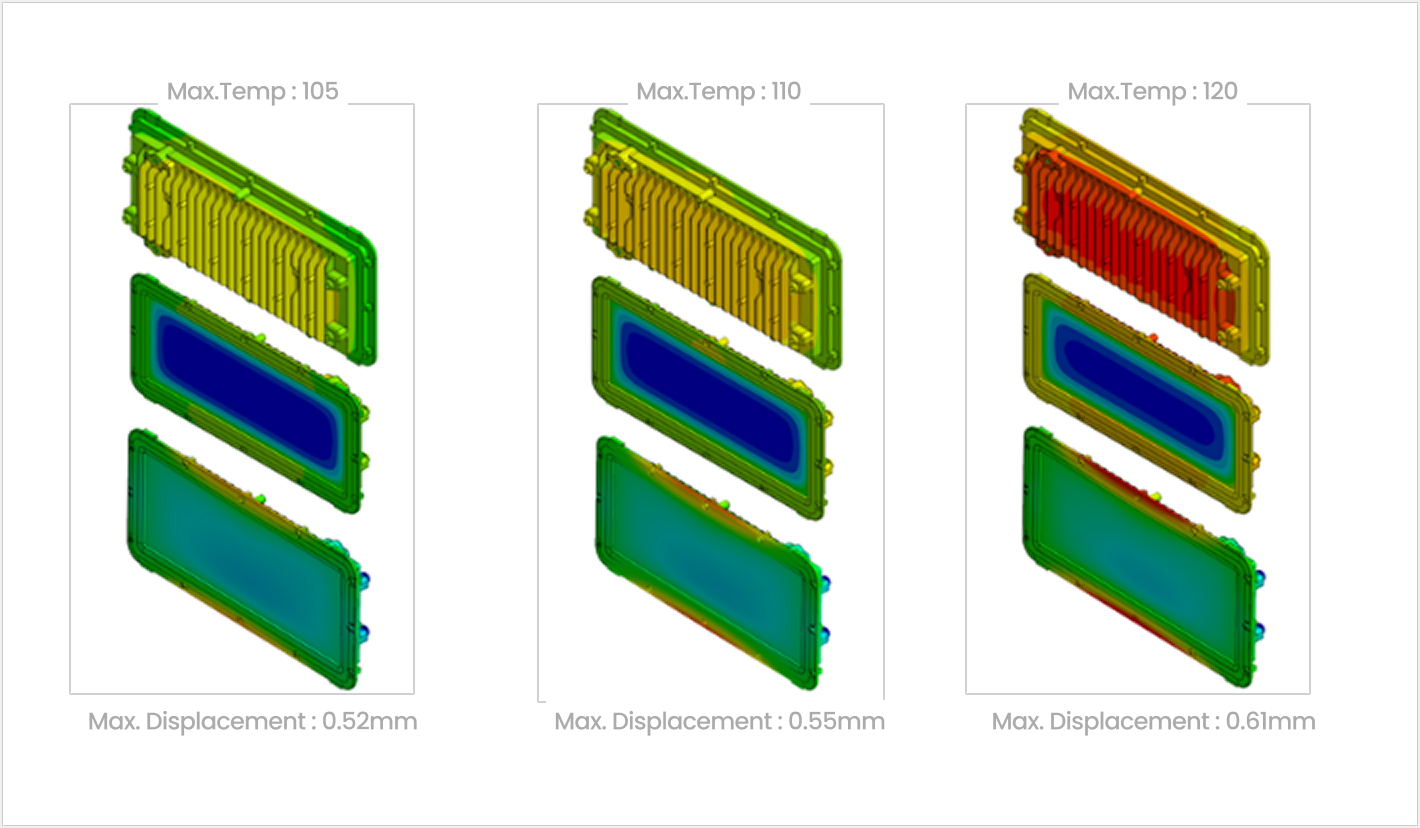 Temperature Evaluation due to LED Chip Heat Generation
Temperature Evaluation due to LED Chip Heat Generation
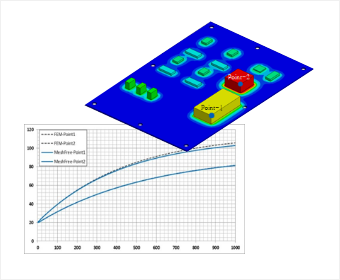 Chipboard Transient Heat Transfer Analysis Comparison and Verification
Chipboard Transient Heat Transfer Analysis Comparison and Verification
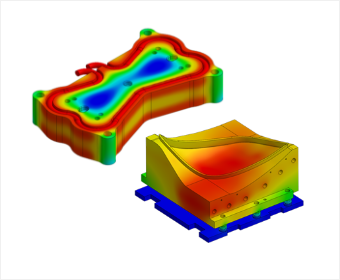 Sheath Heater and Housing Jig Transient Heat Transfer Analysis
Sheath Heater and Housing Jig Transient Heat Transfer Analysis
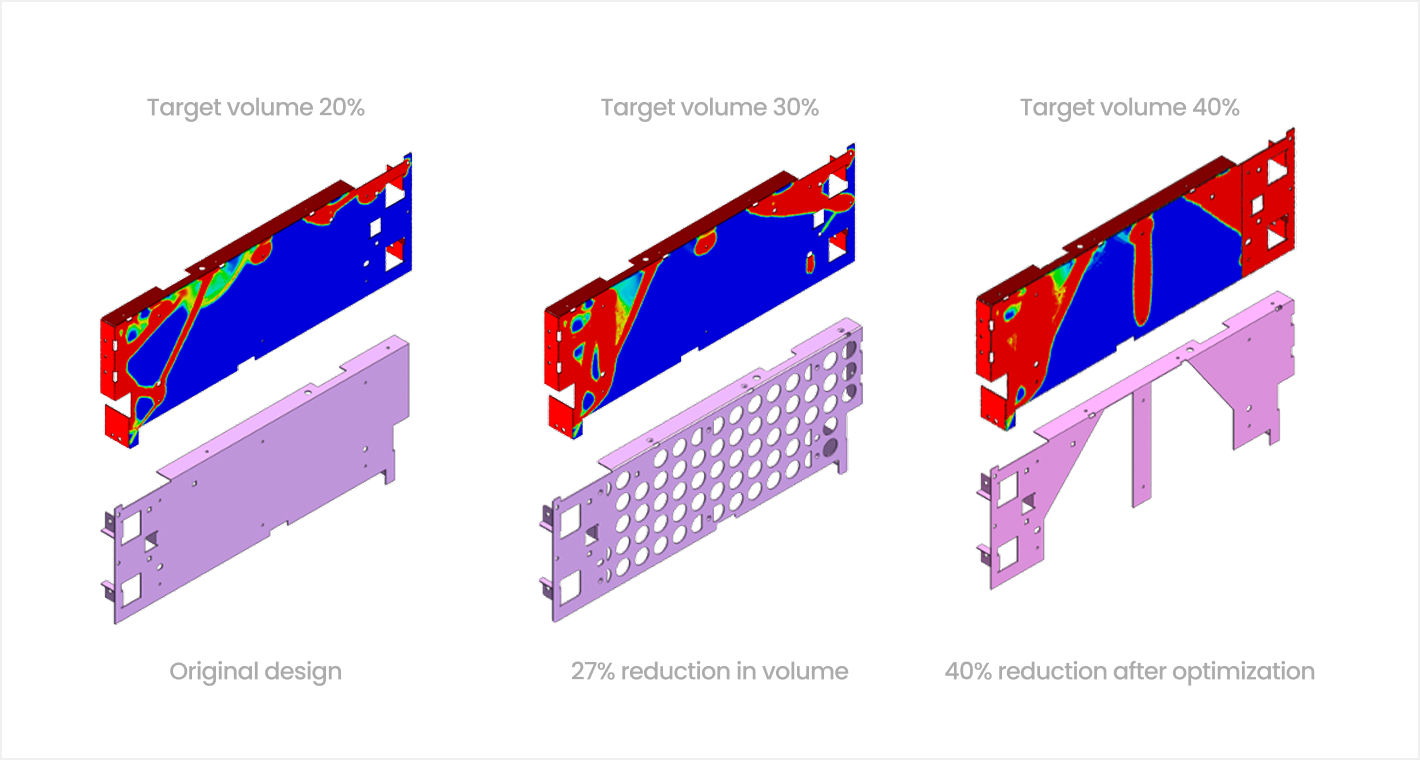 Optimal Design of Bracket Shape for Stiffness Retention
Optimal Design of Bracket Shape for Stiffness Retention
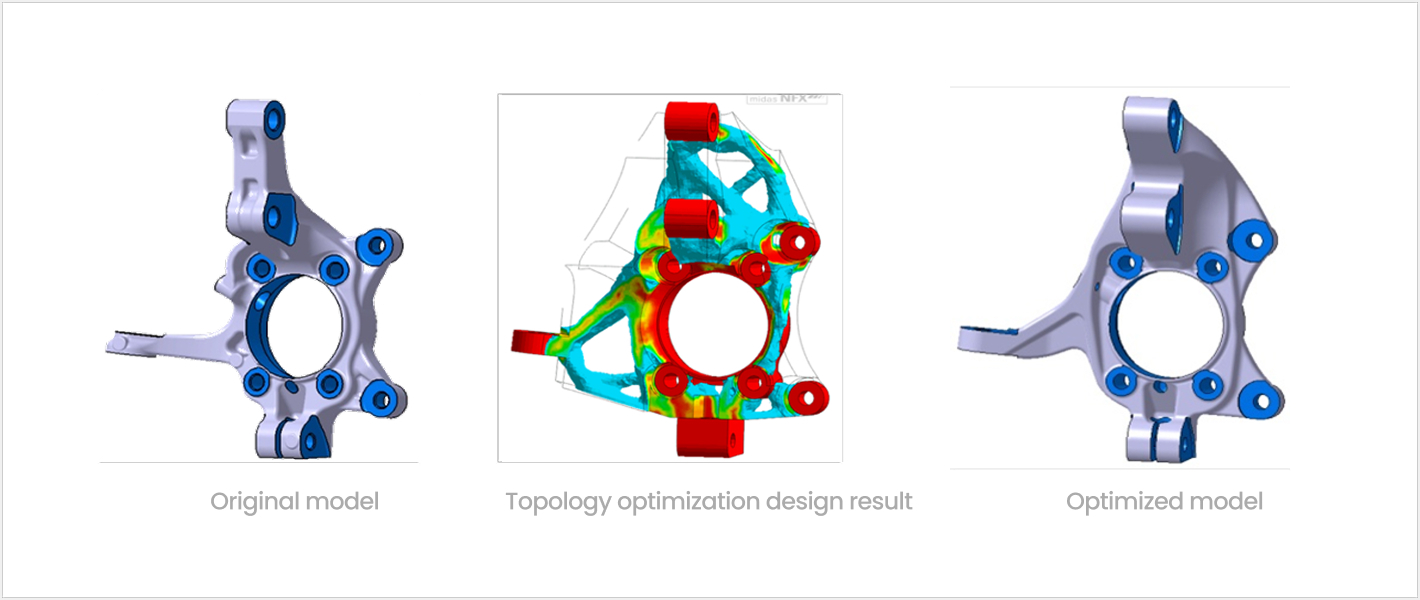 Derivation of Optimal Shape for Automotive Knuckle
Derivation of Optimal Shape for Automotive Knuckle